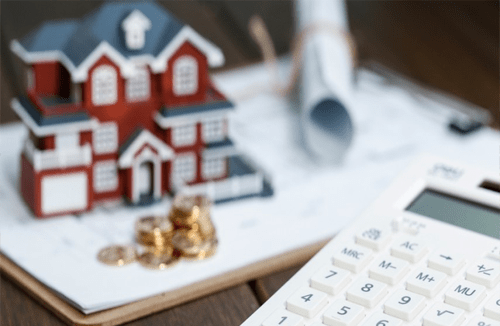When considering your financial options, there may be one choice you overlook. If you’re a homeowner, you have the opportunity to take out a second mortgage on your home, opening up another possible financial avenue. The world of Toronto private home loans opens up a world of possibilities for any number of projects or needs.
There can be many benefits to this avenue, but there are also risks associated. Here is the ultimate guide to second mortgages, and everything you need to be aware of before signing on that dotted line.
What Is A Second Mortgage?
Put simply; a second mortgage is a loan which allows you to borrow against an asset – the value of your home. Your home is used as collateral and is similar in many ways to the first mortgage used to purchase the property. Essentially, a second mortgage is a loan secured by another loan, taken against your property.
This option allows you to tap into the equity of your home – the market value relative to any loan balances. This rate can change over time:
- When you make a monthly payment on your loan, you reduce your loan balance and increase your equity.
- If the market strengthens, your home will gain value. Similarly, if you make improvements to the home which increase the value, the equity will increase.
- If your home loses value, or you borrow against the house, the equity will decrease.
- Use the Mortgage Calculator of your payments made towards your home loan clickhere
Types of Second Mortgage
A second mortgage may take many forms:
- A lump sum: This is the standard form a second mortgage will take and offers a lump sum of money which can be used for any purpose. The loan is repaid gradually over time with fixed repayments, These payments also cover a portion of the interest costs.
- A line of credit: This is less common, but a line of credit offers a pool of money which can be drawn upon. You are not required to withdraw any money, but the option is always there. The lender will set a maximum borrowing limit, and you can borrow on multiple occasions until you reach that limit. You can borrow and repay over and over, similar to using a credit card.
There are also two types of rate choices: fixed interest helps you to plan your payments many years in advance, while variable rate loans move with the market.
Advantages of Second Mortgages
There are several advantages to this option:
- Loan amount: You will be able to borrow significant amounts, as the loan is secured by your home – an asset worth a lot of money.
- Interest rates: Second mortgages have lower interest rates than other rates of debt – again, using your home as collateral helps with this.
- Tax benefits: You may be able to get a deduction for any interest paid on a second mortgage.
Disadvantages of Second Mortgage
As with any loan, there are negatives:
- Risk of foreclosure: Your home is on the line with a second mortgage, and so it is essential that repayments are made on time. In case you’re facing a foreclosure, there are suggestions online, like tips from CreditRepairCompanies.com, and just follow them for you to be able to remove a foreclosure from your credit report, so it won’t hurt your record, for you’ll need it more in the future.
- Interest: As with any loan, you will accrue interest over time. This amount is often a higher rate than for your first mortgage.




